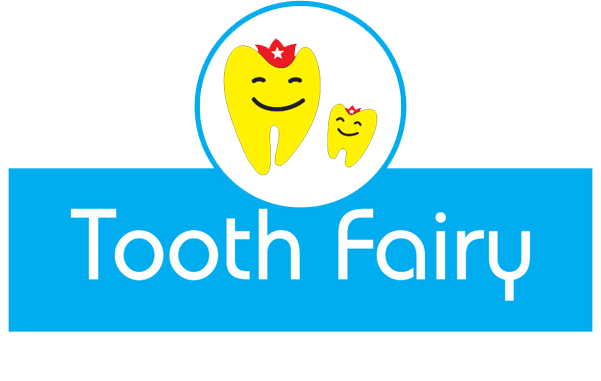Ideal requirements of children’s toothpaste:
Kinds of toothpaste are like a double-edged sword! Use them wrong and they will harm you.
1. Low Abrasivity
2. Non Foaming
3. Low Fluoride or Non-Fluoride-containing
4. Non-Flavoured
-
Abrasive nature
Milk teeth have thinner and softer enamel compared to permanent teeth. A toothpaste with higher abrasive content can easily strip away enamel. (a single-use doesn’t harm. The damage is cumulative over some time).
-
Foaming action
While detergents like sodium lauryl sulfate are used in tubes of toothpaste to act as a surfactant to remove surface stains, it is not recommended in children less than 6 who do not yet know how to spit. They tend to swallow. (Again the damage is cumulative over some time).
-
Floride content
Adult pastes usually have sodium fluoride at a fluoride concentration at 1100 ppm (parts per million), the recommended concentration for child formulations is less than 550 ppm. Newer research recommends an even lower concentration of less than 250 ppm.
-
Flavor
One of the most important, but least discussed aspects of toothpaste for children is its flavor! Companies in India like Colgate design toothpaste in various attractive flavors like bubblegum and mixed fruit!! I as an adult find them irresistible to eat!!

Ideally, children’s toothpaste should be non-flavored to discourage children from swallowing! As a pediatric dentist, I recommend ToothMin from Abbott as it satisfies the above criteria.
It also has a formulation that prevents cavities and repairs daily damage. Whichever paste you use for children, use only a small quantity. For children less than 3 years of age, use a ‘SMEAR SIZE’ about the size of one long grain of rice. For kids above 3, use a SMALL PEA SIZED quantity!
Disclaimer- I am not affiliated with Abbott and I do not get paid in any form to recommend their product. It is based on my experience of the past 12 years in the profession.

